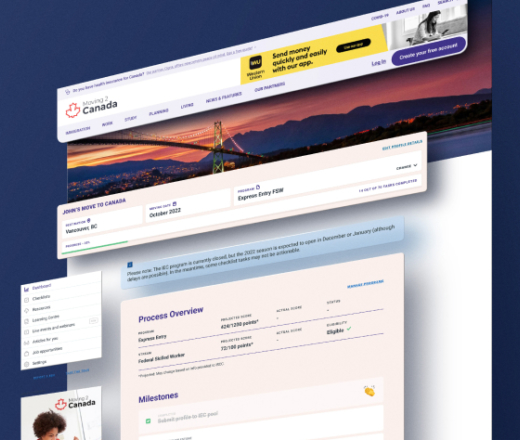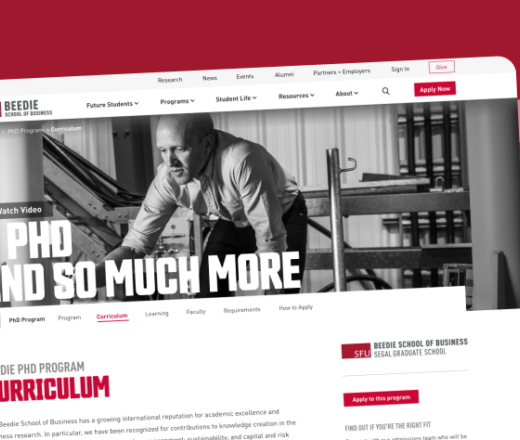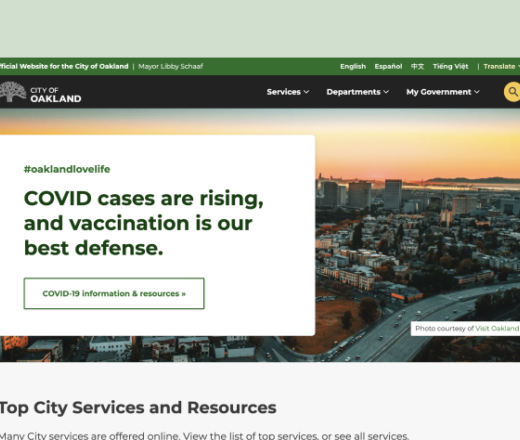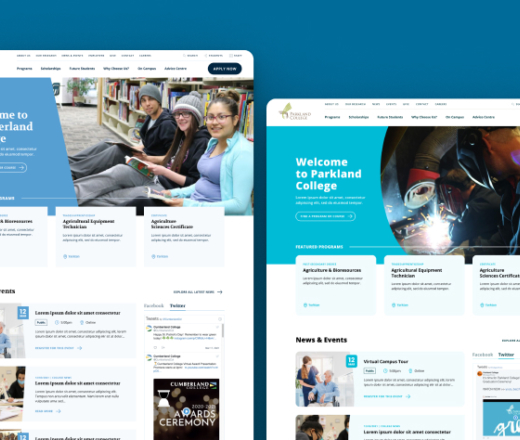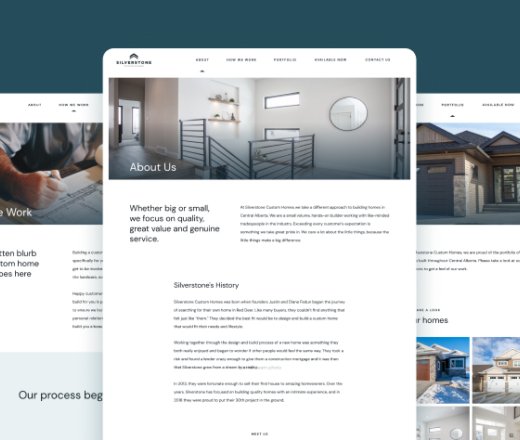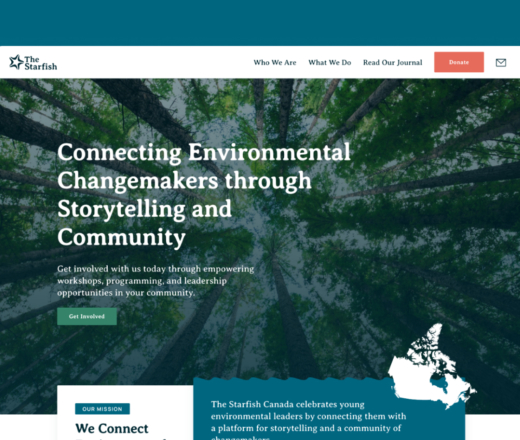In the early days of web design, designers would spend weeks months designing every pixel of every page of a website, and then developers would take over and manually code all those pages. This process was not only extremely time-consuming and inefficient, but it was also prone to inconsistencies and errors. We certainly do not miss those times.
Using patterns in digital product design started decades ago, but in recent years the concept of design systems has really taken off. These collections of reusable components and guidelines help streamline and speed up the implementation of digital products. They include elements such as typography, colour palettes, layout grids, and UI patterns that are used across a website or product. At Goat, our team relies on design systems to help ensure that our interfaces are consistent, efficient, accessible, flexible and future-proof. Throughout this article, we'll explore the benefits and applications of design systems.
Implementing a Design System Has Many Benefits
Increased consistency
A design system ensures that all elements of a website design are consistent, enabling a uniform visual language, style, and branding to be applied throughout the entire interface. This helps create a unified and cohesive look and feel, making the website more recognizable and memorable for users. As a result, consistency interactive elements are predictable and intuitive, reducing the learning curve and allowing users to quickly and easily find what they need.
Improved scalability
Design systems can greatly aid UX designers and developers in ensuring that their projects are adaptable and able to accommodate future changes, facilitating the ability to scale as required. With a design system in place, it is easier to incorporate future pages, features, and functionalities into a website. Well-structured design systems also allow designers to make changes to their website design with confidence, knowing that the system can handle updates for years to come.
Reduced development time
By utilizing components and code from a design system, web developers can save significant amounts of time and effort, enabling them to quickly and easily build out the foundations of a website. Design systems provide a pre-built library of components and code that can be reused to construct and customize a website. Reusing components and code from a design system eliminates the need for web developers to reinvent the wheel every time they build a new page. They can use existing components and code as a starting point, then customize as needed.
Improved collaboration
Design systems are invaluable tools for facilitating collaboration between teams working on website design projects, as they ensure that all parties - including designers, developers, project managers and clients - are aligned in their understanding and approach.
By having a clear set of design rules and standards, designers and developers can work together more efficiently, as they have a shared understanding of how the product should look and function. This can help to minimize misunderstandings and conflicting visions. Additionally, using a design system can make it easier to onboard new team members, as they can quickly get up to speed on established design guidelines.
Reduced maintenance costs
A carefully crafted design system can reduce the time and effort required to maintain the product, as team members do not have to spend as much time dealing with conflicting design choices or fixing issues that arise from inconsistent design practices. This means less time spent on debugging, testing, and adjusting the code.
The Team Behind a Successful Design System
Members from various disciplines, like designers, developers, and product managers, collaborate to create design systems.
UX Researchers
Responsible for conducting user research to inform the design and development of the system. These professionals often collaborate with Content Strategists to develop the messaging and language used in the design system.
UI Designers
Responsible for defining the visual style, creating user interface components, and developing the user experience of the interface, these professionals are responsible for shaping the look and feel of the design system.
Project Managers
When it comes to implementing a design system, PMs are responsible for managing the project as a whole. This involves setting the strategy and roadmap, as well as promoting the design system's adoption.
Developers
They are responsible for building the system, writing code, testing components, and debugging issues that may arise during the integration process.
Is a design system the same thing as a pre-designed template?
Absolutely not! Creating a design system instead of using a pre-made template allows for complete control over the interface's look and feel. Plus, custom features can be easily implemented without having to navigate through the entire template and make tons of changes.
However, design systems may not be the right fit for all websites. If the project consists of a redesign of an existing website, our team begins by conducting a comprehensive audit of it. This assessment helps our designers and developers gain insight into the technical details of the project. Once the audit is complete, the team determines the most suitable approach and decides if a design system is necessary for the project or not.
This article only covers only a fraction of the benefits of a component-based approach. Design systems are powerful tools that can increase the efficiency and quality of a project. If you're interested in finding out more about Goat's approach to design systems, take a look at our portfolio. If you'd like to discuss a project with our team, email us at [email protected] or call us at (604) 992-6665.
